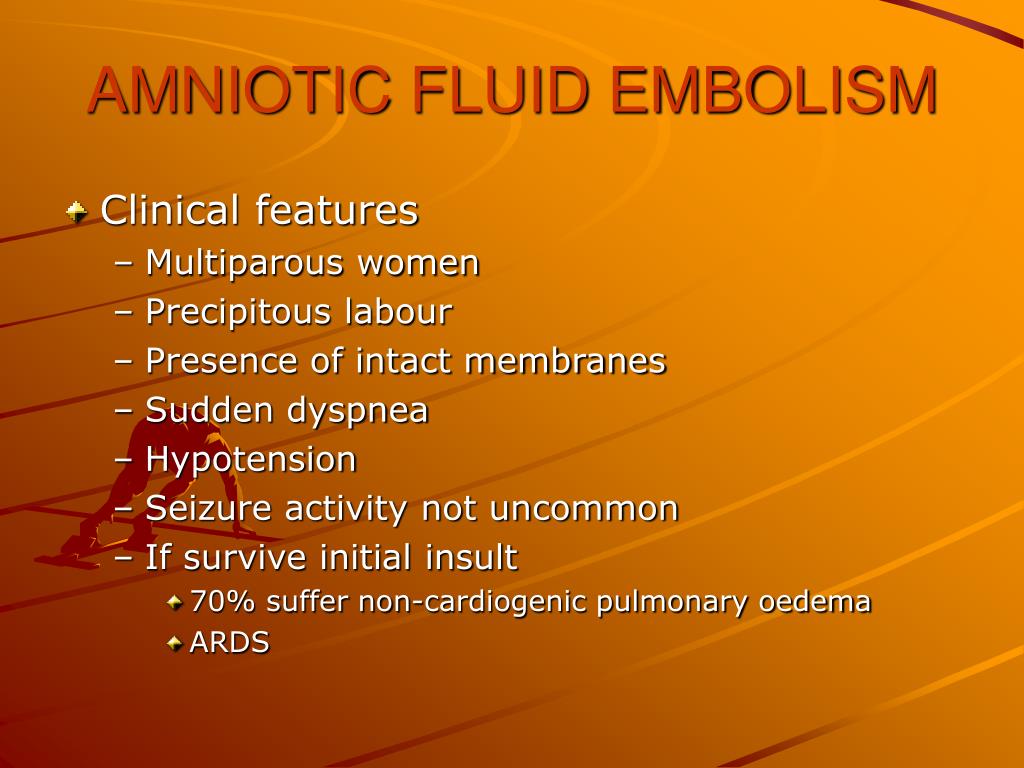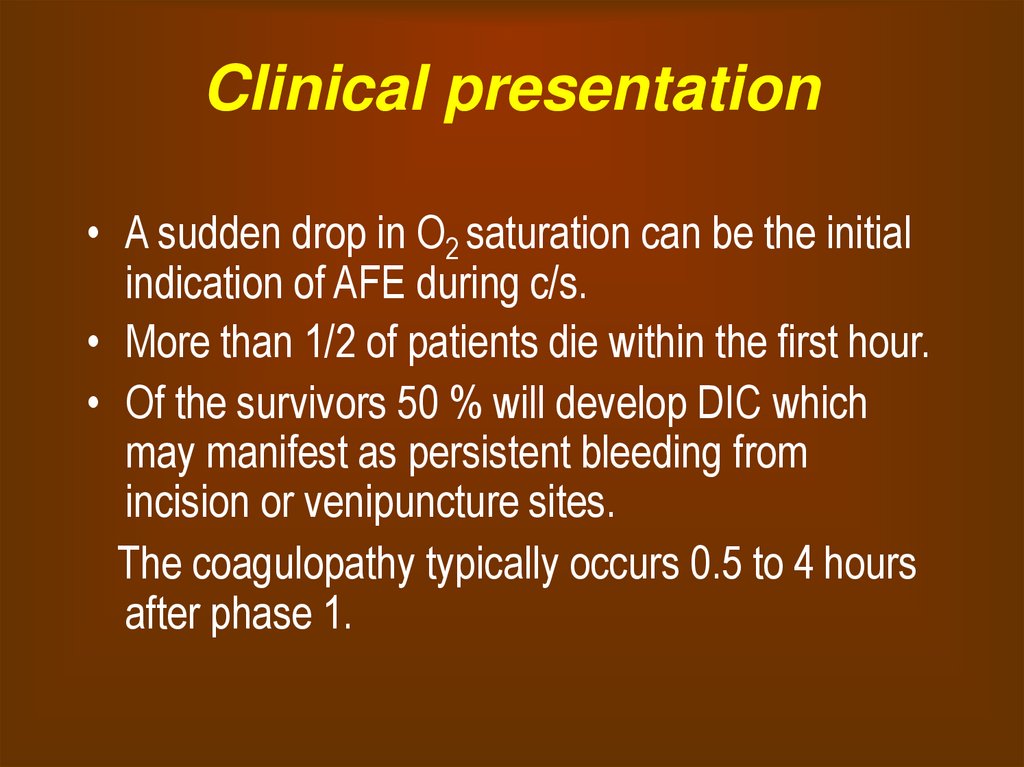

Strengthening the Reporting of Observational Studies in Epidemiology UKOSS,Īmniotic fluid embolism (AFE), although rare-affecting an estimated 1.7 per 100,000 maternities in the UK-remains one of the principal reported causes of direct maternal mortality in high-income countries. Netherlands Obstetric Surveillance System OR, International Society on Thrombosis and Hemostasis NethOSS, International Network of Obstetric Survey Systems INR, Épidémiologie de la Morbidité Maternelle Sévère INOSS, National Confidential Enquiries on Maternal Mortality EPIMOMS,

The funders had no role in study design, data collection and analysis, decision to publish, or preparation of the manuscript.Ĭompeting interests: The authors have declared that no competing interests exist.Īustralasian Maternity Outcomes Surveillance System aOR,Ĭentre for Maternal and Child Enquiries DIC,ĭisseminated intravascular coagulation ENCMM, Access to the Australian (AMOSS) data requires specific ethics committee approval and an application to the AMOSS Steering committee, who can be contacted using requests for access to the French data (EPIMOMS) should be directed to requests for access to the Dutch data (NethOSS) should be directed to requests for access to the Slovak data (SOSS) should be directed to Professor Borovsky and requests for access to the UK data (UKOSS) should be directed to The study was funded by a grant from Wellbeing of Women (grant reference RG1805), received by KEF, KWMB, CDT, EAS, DT, and MK. Requests to access the data can be made by contacting the data access committees in the relevant countries. This is an open access article distributed under the terms of the Creative Commons Attribution License, which permits unrestricted use, distribution, and reproduction in any medium, provided the original author and source are credited.ĭata Availability: Data cannot be shared publicly because of confidentiality issues. Received: ApAccepted: OctoPublished: November 12, 2019Ĭopyright: © 2019 Fitzpatrick et al. Myers, University of Manchester, UNITED KINGDOM PLoS Med 16(11):Īcademic Editor: Jenny E. (2019) Risk factors, management, and outcomes of amniotic fluid embolism: A multicountry, population-based cohort and nested case-control study. Limitations of the study include limited statistical power to examine factors associated with poor maternal outcome and the potential for residual confounding or confounding by indication.Ĭitation: Fitzpatrick KE, van den Akker T, Bloemenkamp KWM, Deneux-Tharaux C, Kristufkova A, Li Z, et al. They also had a lower dose of tranexamic acid (median dose 0.7 g versus 2 g, p = 0.035) and were less likely to have had an obstetrician and/or anaesthetist present at the time of the AFE (61% versus 75%, aOR 0.38, 95% CI 0.16–0.90, p = 0.027).

Using the most liberal case definition (UK) and adjusting for the severity of presentation when appropriate, women who died were more likely than those who survived to present with cardiac arrest (89% versus 40%, adjusted odds ratio 10.58, 95% confidence interval 3.93–28.48, p < 0.001) and less likely to have a source of concentrated fibrinogen (40% versus 56%, aOR 0.44, 95% CI 0.21–0.92, p = 0.029) or platelets given (24% versus 49%, aOR 0.23, 95% CI 0.10–0.52, p < 0.001). However, applying different case definitions did not materially alter findings regarding risk factors for AFE and factors associated with poor maternal outcomes amongst women with AFE. The estimated incidence of AFE ranged from 0.8–1.8 per 100,000 maternities, and the proportion of women with AFE who died or had permanent neurological injury ranged from 30%–41%, depending on the case definition.

Factors associated with poor maternal outcomes (fatality and composite of fatality or permanent neurological injury) amongst women with AFE from each of the countries were investigated using logistic regression or Wilcoxon rank–sum test. Risk factors for AFE were investigated by comparing the women with AFE in Australia and the UK with the control women identified in these countries using logistic regression. Secondary data on women with AFE ( n = 99–218, depending on case definition) collected prospectively in population-based studies conducted in Australia, France, the Netherlands, Slovakia, and the UK were pooled along with secondary data on a sample of control women ( n = 4,938) collected in Australia and the UK. A population-based cohort and nested case-control study was conducted using the International Network of Obstetric Survey Systems (INOSS).


 0 kommentar(er)
0 kommentar(er)
